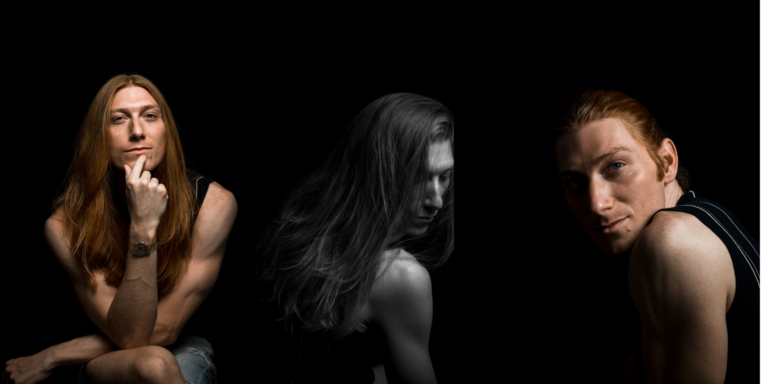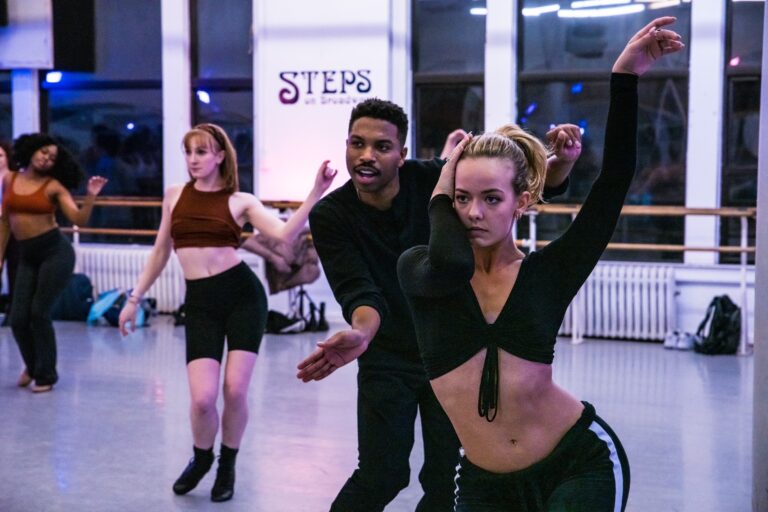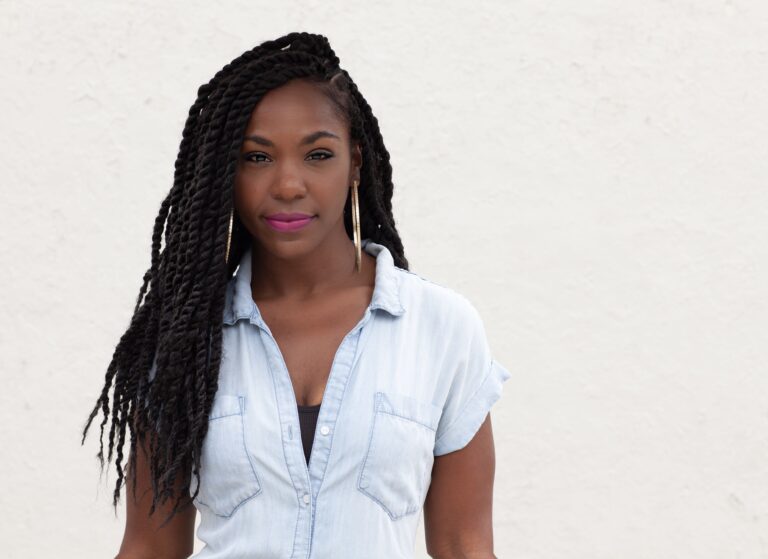
We’ve established that music licenses are critical for most of the music you use at your studio—whether for performances, in-person classes or virtual classes.
But, if paying for a sometimes-expensive license isn’t in the cards, you have other options. Here are four ways to discover royalty-free music:
Amazon, iTunes, Spotify, YouTube, Vimeo
Find playlists of royalty-free music selections, and narrow your options by searching with criteria like genre or length. You may need to pay an initial download fee of a couple of dollars, but once you’ve made that purchase, the music is yours to use in class and performance.
Join a music membership website
Online entities like Artlist or Musicbed offer curated royalty-free music for monthly access or single-song licenses. These music selections have all been handpicked for synchronization—meaning a sync license isn’t required for the use of these songs.
Public domain
In the U.S., any piece of music created in 1923 or earlier exists in the public domain and is therefore unrestricted by copyright. This designation currently only applies to sheet music and other compositions of the music itself, but not sound recordings. As of January 1, 2022, however, sound recordings made before 1923 will also become part of the public domain.
Create your own
Collaborate with local musicians or students from a nearby music school or university to create songs for use in your studio or to have them license you one of their songs for a reasonable fee. There might even be someone in your studio community who you could approach about creating music. “Think about all of the creative people you have in the studio—people who might play instruments or sing,” says Salter.
Angela Mannella-Hoffman, who owns Moore Than Dance in Fridley, Minnesota, worked with her husband, a musician, to create Moving With the Moose, a licensed music and character-driven instructional offering for preschool-aged dancers. Mannella-Hoffman plans to make Moving With the Moose available to other studio owners via a monthly licensing membership by the end of 2020.
Though creating your own music might sound daunting, Mannella-Hoffman says it’s “absolutely doable,” particularly music for your younger students. “If you think about little kids’ music, it’s just a simple refrain over and over. It’s not Tchaikovsky or some other multilayered thing,” she says. “A lot of dance teachers make up their own rhyme for marching or going across the floor, and this is just an extension of that.” She recommends starting small, using GarageBand or another music-creation platform you can operate from your computer.




